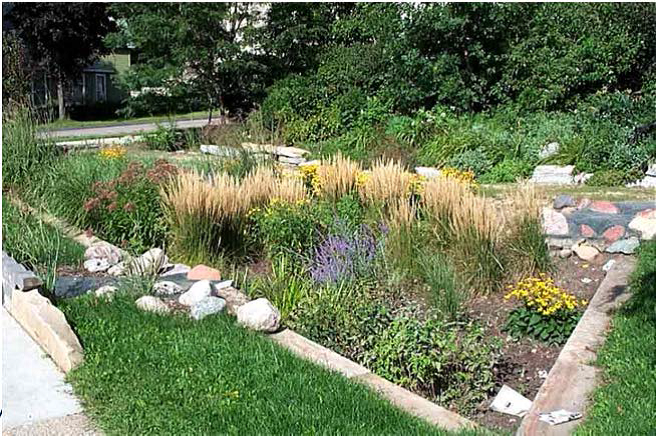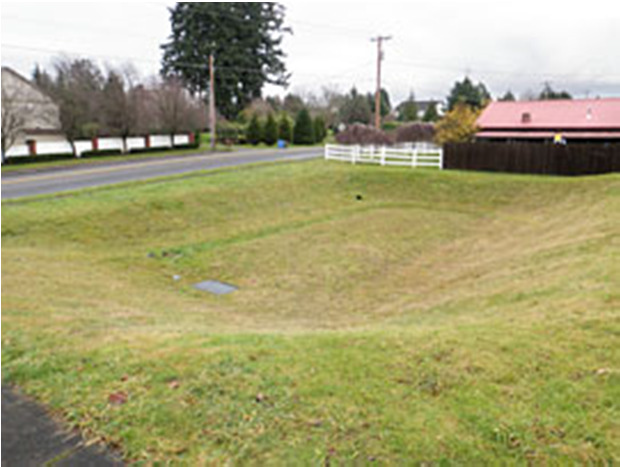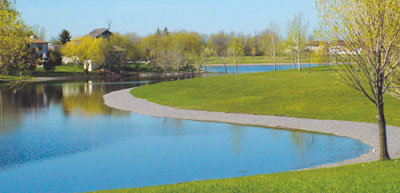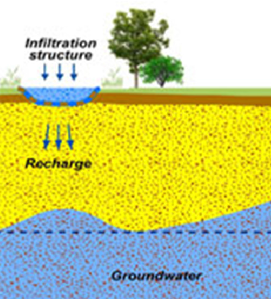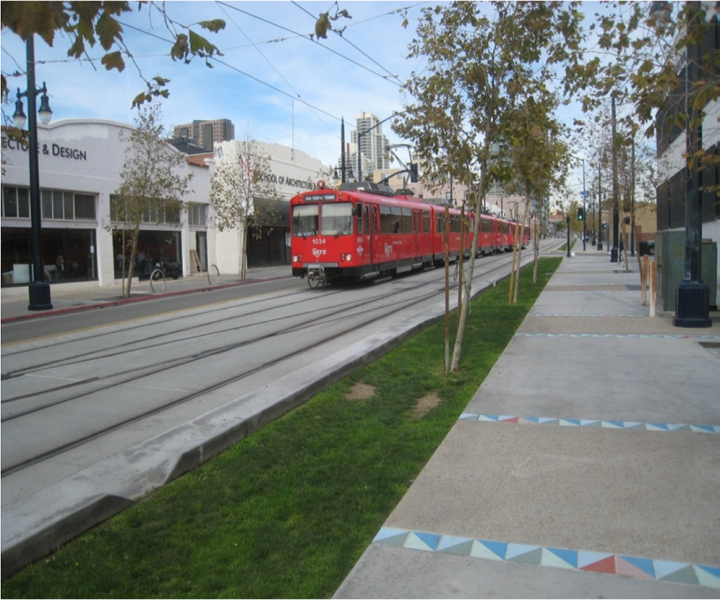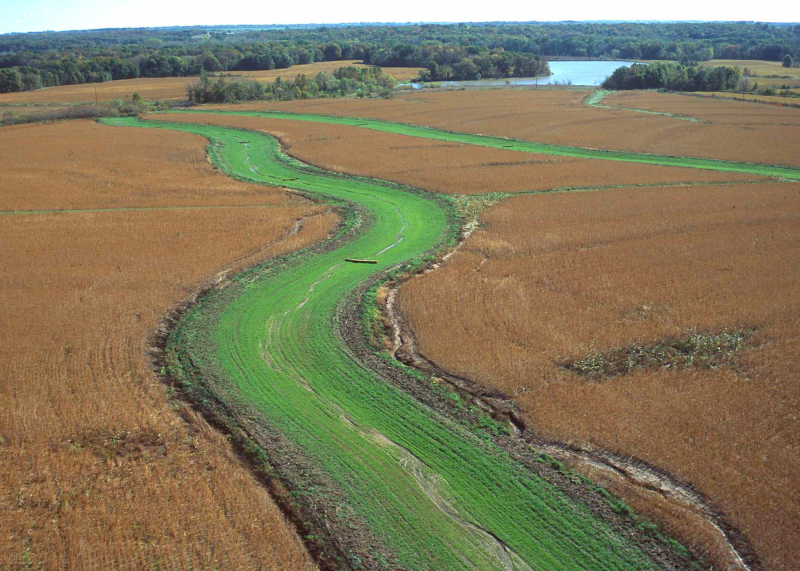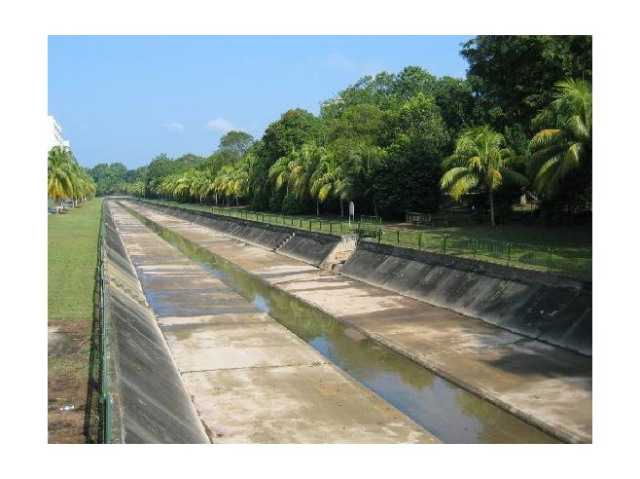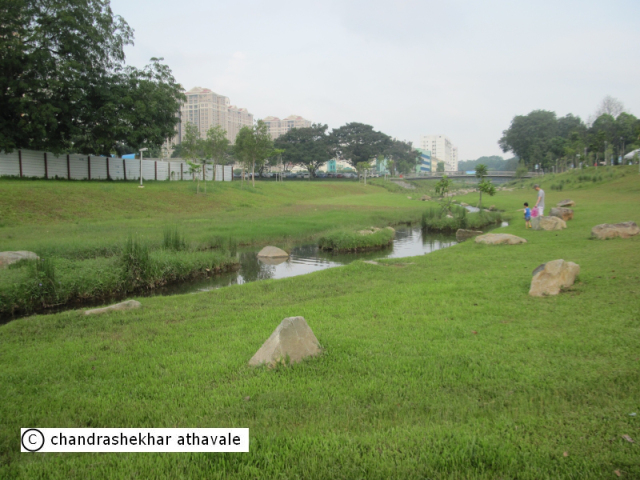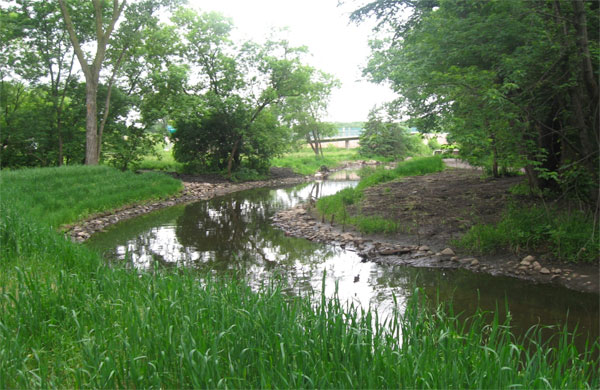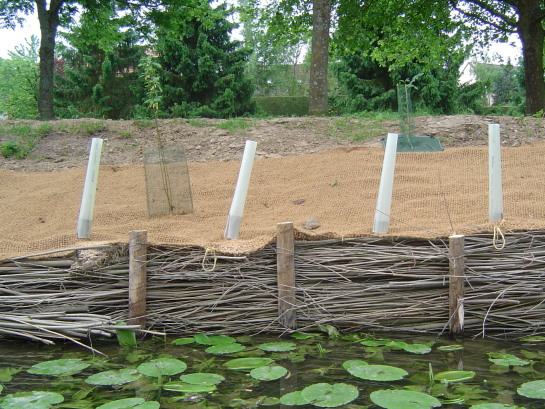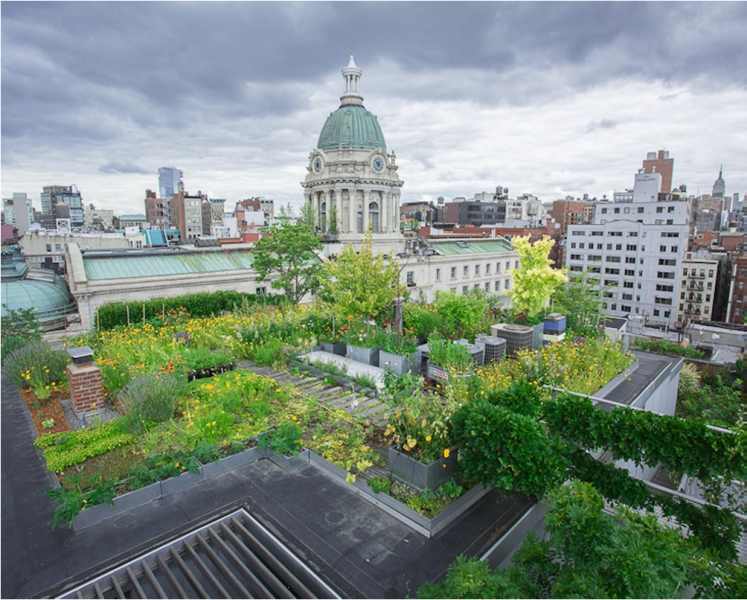Infiltration Trenches
Infiltration trenches are shallow excavations filled with rubble or stone. They allow water to infiltrate into the surrounding soils from the bottom and sides of the trench, enhancing the natural ability of the soil to drain water. Ideally they should receive lateral inflow from an adjacent impermeable surface, but point source inflows may be acceptable with some design adaptation (effectively they are a form of soakaway).
...
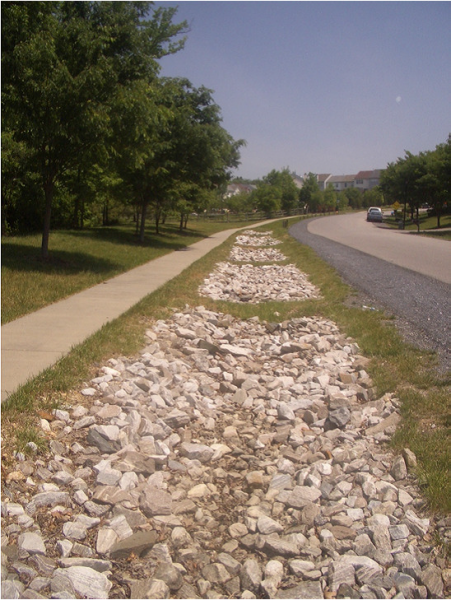 |
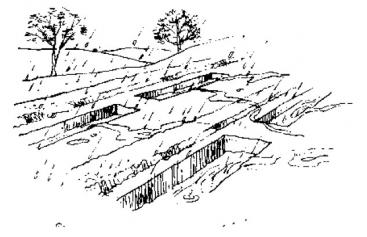 |
|
Infiltration trenches with stones in urban area Source: Andras Kis’ presentation, NWRM Workshop 1 |
Infiltration trenches in agriculture area Source: UNDP 2008 (http://www.sswm.info/category/implementation-tools/water-sources/hardware/precipitation-harvesting/field-trenches) |
| Benefits | Level |
|---|---|
|
ES1 - Water storage
|
Low
|
|
ES5 - Climate change adaptation and mitigation
|
Low
|
|
ES6 - Groundwater/aquifer recharge
|
High
|
|
ES7 - Flood risk reduction
|
High
|
|
ES8 - Erosion/sediment control
|
Low
|
|
ES9 - Filtration of pollutants
|
Medium
|
|
ES11 - Aesthetic/cultural value
|
Low
|
|
PO2 - Improving status of physico-chemical quality elements
|
Low
|
|
PO4 - Improving chemical status and priority substances
|
Low
|
|
PO5 - Improving quantitative status
|
Medium
|
|
PO7 - Prevent surface water status deterioration
|
Low
|
|
PO8 - Prevent groundwater status deterioration
|
Low
|
|
PO9 - Take adequate and co-ordinated measures to reduce flood risks
|
High
|
|
PO11 - Better protection for ecosystems and more use of Green Infrastructure
|
Low
|
|
PO12 - More sustainable agriculture and forestry
|
Low
|
|
BP1 - Store runoff
|
Medium
|
|
BP2 - Slow runoff
|
Low
|
|
BP6 - Increase infiltration and/or groundwater recharge
|
High
|
|
BP7 - Increase soil water retention
|
Low
|
|
BP9 - Intercept pollution pathways
|
Medium
|
|
BP10 - Reduce erosion and/or sediment delivery
|
Medium
|

